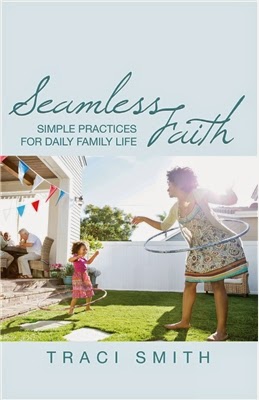This Sunday the lectionary covers the story of Thomas being invited to touch the wounds of the risen Jesus and recognise him. A lot of the time when we cover this story with children we focus of the idea of faith and being able to believe even though we don't see. It struck me that it's also about how we recognise Jesus and what implications that might have for us as disciples.
Here are some ideas to help explore the theme!
Games:
- 'Feely' bag. Can you recognise the item even if you can't see it? How did you know?
- Blindfold a child and get them to fell the face of another child. Can they guess who it is? How?
- Get a collection of celebrity photos or photos of people in the church. How many people do you recognise? How?
- 20 questions- can you guess the mystery person? What helped you to guess?
- Make a diagram to identify eveyone in the group by looking at hair/ eye colour etc.
Think about:
- Even after doubting, Thomas saw Jesus and recognised him, saying 'My Lord and my God' (John 20:28)
- How would you recognise Jesus if you met him? What things would he being doing/ saying? How have you recognised Jesus at work in your life before? E.g. answered prayers, other people's kindness
- If we, as Christians, are trying to live as Jesus would, how will other people recognise Jesus in us and what we do?
Pray:
- Encourage children to think of things that they could do during the coming week that would help others to recognise Jesus at work in them. Make prayer labels (below).
You will need: Paper label shapes with holes punched at one end, ribbon, small mirror tiles, pens
Give each child a paper label and ribbon and talk about how we use labels to identify things- they might have used luggage labels, for example, to identify their cases on a journey. How might other people identify Jesus at work in them? One one side of the label, glue a mirror tile to remind children that they need to think about how their actions are reflecting Jesus. On the other side, write or draw something they intend to do during the coming week that will help other people recognise Jesus.
Gather together and pray that God will help them to show Jesus to others this week. Take the labels home and ask the children to tie them somewhere they will be able to see them as a reminder during the next few days.



























